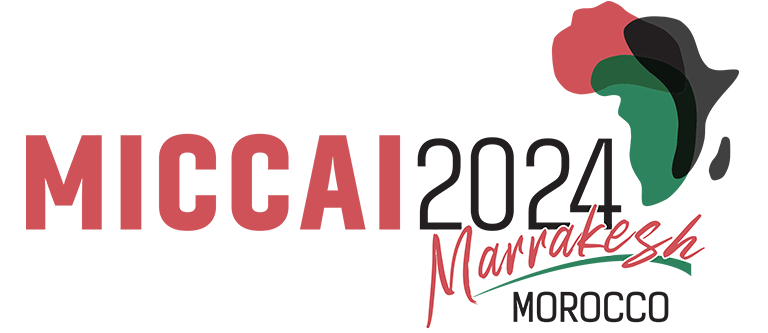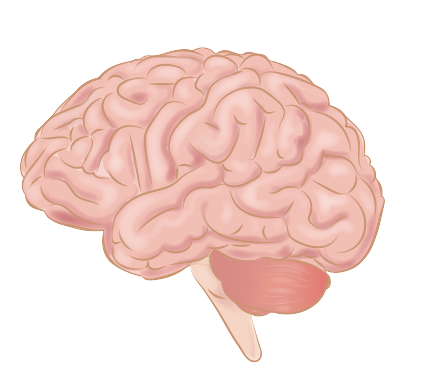SWITCH is a MICCAI workshop focused on imaging related to stroke diagnosis and treatment. The main goals of the workshop are 1) to introduce the clinical background of challenges/opportunities related to imaging for stroke that are relevant for researchers working in the MICCAI field, and 2) to stimulate discussion and ideas exchange. To this end, there will be keynotes by clinical experts in stroke imaging and treatment, as well as presentations by researchers of on-going work.
SWITCH is soliciting full paper manuscripts to be presented at the workshop. Accepted manuscripts will get a poster or oral presentation during the workshop at MICCAI and will be published in Springer Lecture Notes in Computer Science (LNCS) together with the proceedings of the MICCAI workshop. The following themes are encouraged, but not exhaustive:
We encourage work involving, among others, the following imaging modalities:
Full paper manuscripts should follow the LNCS guidelines for formatting, and have a length of at most eight pages. All submitted manuscripts will be reviewed on applicability to the workshop topic, scientific quality and clinical relevance. Note that we value novel methodology as well as thorough evaluation. Accepted manuscripts will get a poster or oral presentation during the workshop at MICCAI.
Supplementary material is allowed, but will not be included in the proceedings. All papers will go through peer review with at least two blinded reviewers per paper from the organising committee.


Stroke, as a result of insufficient blood supply to the brain, is the second most frequent cause of death and disability world-wide. The causes of stroke are either a bleeding (hemorrhage) in the brain, or an occlusion of a vessel feeding (part of) the brain. In the latter case, the occlusion may originate from a brain vessel itself, or be a thrombus that originates from a more proximal location (heart, carotid artery).
In acute stroke management, immediate and accurate diagnosis is key to fast treatment. Dependent on the local settings, most frequently patients undergo non-contrast CT imaging, as well as a subsequent examination with iodine contrast application: single phase CTA, multiphase CTA, and optionally also CT Perfusion. Selected stroke centers also prioritize MR imaging with DWI and MRA. During endovascular thrombectomy (EVT), DSA imaging is typically used for guidance and perioperative assistance. From these images, information such as lesion and lesion size, composition of the thrombus, collateral flow and perfusion of brain tissue may be obtained. Although a couple of predictive tools (e.g., MR PREDICTS, Venema et al., BMJ, 2017) and quantitative imaging biomarkers (e.g., Broocks et al, Stroke, 2022) have been developed, few have been clinically validated. In current practice, subjective and at best semi-quantitative measures (e.g., ASPECT score for ischemic stroke) based on the CT images are typically used by clinicians to select patients and to decide on treatment strategy. While deep learning-based image analysis algorithms have been increasingly proposed in the last few years for diagnosis (Bertels et al, 2022), treatment assessment (e.g., autoTICI, Su et al, 2021), and outcome prediction (Hilbert et al., 2019), new opportunities and challenges appear along the way.
Therefore, the main purposes of this Workshop are
Thus, we intend to compose a program with presentations by researchers of on-going work, based on submitted manuscripts as well as key-note presentations by clinical experts in stroke management, modern imaging for stroke.